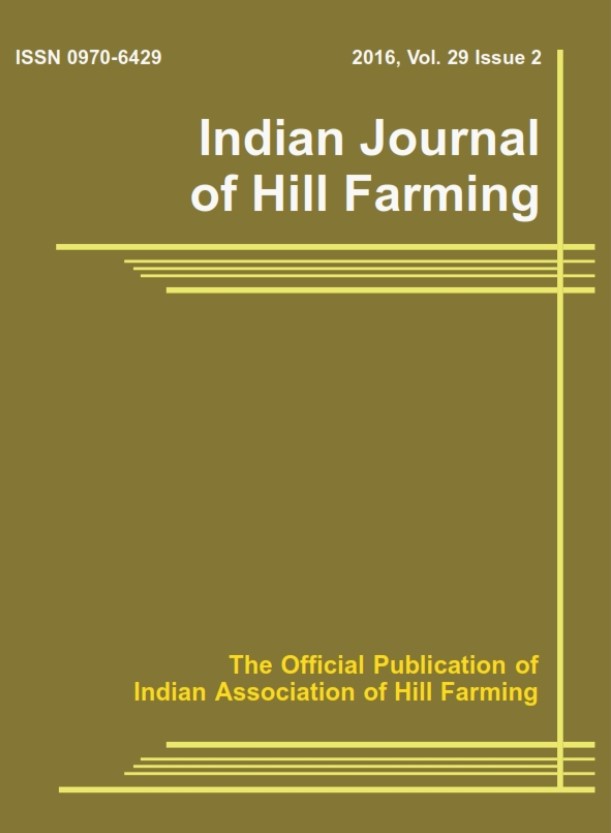Assessing foxtail millet (Setaria italica (L.) P. Beauv.) adaptability for fodder yield in the foothills of Nagaland using GGE biplot analysis
DOI:
https://doi.org/10.56678/iahf-2025.38.01.3Keywords:
Foxtail millet, Fodder yield and GGE biplots.Abstract
Foxtail millet is a major millet crop cultivated in the foothills of Nagaland for both fodder and grain production. Hybrid development in foxtail millet is extremely challenging due to its minute flowers and highly self-pollinating nature. Therefore, identifying high-yielding pure lines for both specific and general adaptation is a priority in foxtail millet breeding programs. The present study evaluated 30 foxtail millet genotypes under different sowing dates in the foothills of Nagaland. Pooled analysis revealed significant effects of genotype, environment, and genotype-by-environment interactions on fodder yield. GGE biplot analysis showed that the first two principal components accounted for 75.14 and 12.96% of the total variation, respectively. Discriminativeness and representativeness analyses in GGE biplots identified early kharif as the most representative environment, while late kharif demonstrated the highest discriminative ability. The “Which Won Where” biplot indicated that Genotype G1 was stable across environments, a finding further confirmed by the mean vs. stability biplot.
Downloads
Published
Issue
Section
License

This work is licensed under a Creative Commons Attribution-NonCommercial-NoDerivatives 4.0 International License.




